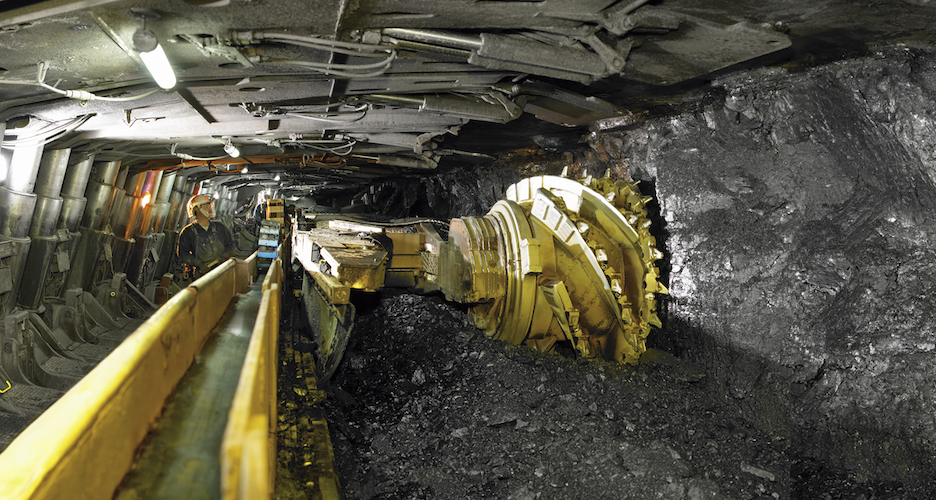Energy
Tuesday, August 9th, 2022 11:50 am EDT
In December of 2021, super typhoon “Odette” (international codename Rai) battered many provinces in the Visayas, the second largest cluster of islands in the Philippines, as it made landfall on and first ravaged the tourist town of Siargao, known for its pristine beaches and surfing. Rai devastated many other provinces in the region including the province of Tacloban, Leyte, still recovering 7 years after the onslaught of Typhoon Haiyan (local codename “Yolanda”), and the chocolate capital of the Philippines, Bohol.
As Odette rumbled through the Visayas, it took particular interest in Bohol and Cebu. And as it intensified into the equivalent of a Category 5 hurricane, with sustained winds of some 100 miles per hour (160 km per hour) sweeping across an area some 600 miles on both sides. By the time it exited the Philippines a day later, it had destroyed over 80,000 homes and displaced some 481,000 people in Cebu alone. In total, some 992,000 homes were damaged and 368,000 completely destroyed in the whole region, according to the Philippine Disaster Risk Reduction and Management Council (PDRRMC).
The most immediate requirement was shelter, power, and water. For power, the most immediate solution was solar power kits which could run one household each. Big business and several non-government organizations and church groups chipped in for most of the needs.
And there were relatively smaller, but nonetheless spectacular, efforts on the ground.
Just before Christmas, Cebu City councilor Nelson Archival took out his Nissan LEAF and made it into a power station for his constituents. He moved this car among several barangays (small towns) and from 6:00 in the morning to 12 noon provided power to charge small devices.
“Yes, I used the Nissan LEAF to charges cellphones and other battery-operated accessories like lights, laptops, electric fans, and nebulizers. The LEAF has a lot of power that can harnessed — normally in our charging stations we can only consume 10% of its power,” Archival told CleanTechnica.
What Archival unknowingly did was to become part of Blue Switch, a project Nissan launched in 2018. From lessons after the tragedy of the March 11 earthquake and tsunami, this program and many others in Japan demonstrated the use of electric vehicles as power sources.
“Part of my knowledge of my car is that it can return power to the grid. I asked my dealer to help me implement this and in those critical few days when there was no power, I was able to move around many disaster areas and deliver power there,” Archival narrates, mentioning that his dealer lent a second LEAF to serve more communities as the power situation did not improve.
With no exhaust fumes and completely silent, a LEAF can be parked inside a building or in close proximity to people who huddle together to recharge their devices. Under the Blue Switch program, there is a need to work with communities and local government to provide power to where it is needed. In Japan, this program has connected to over 100 towns. In the Philippines, Nissan has yet to establish there, as there are no known agreements with any local government directly.
From 6 in the morning until 12 noon in one town and 1:00 pm until 6:00 pm in another town the “charge of the LEAF brigade” in Cebu kept people connected with their most important device. The smartphone.
Image courtesy of Raymond
” data-medium-file=”https://cleantechnica.com/files/2022/08/PowerMaster-400×240.jpeg” data-large-file=”https://cleantechnica.com/files/2022/08/PowerMaster-800×480.jpeg” loading=”lazy” class=”wp-image-273920 size-full” src=”https://cleantechnica.com/files/2022/08/PowerMaster.jpeg” alt width=”1000″ height=”600″ srcset=”https://cleantechnica.com/files/2022/08/PowerMaster.jpeg 1000w, https://cleantechnica.com/files/2022/08/PowerMaster-400×240.jpeg 400w, https://cleantechnica.com/files/2022/08/PowerMaster-800×480.jpeg 800w, https://cleantechnica.com/files/2022/08/PowerMaster-768×461.jpeg 768w” sizes=”(max-width: 1000px) 100vw, 1000px”>
From 6 in the morning until 12 noon in one town and 1:00 pm until 6:00 pm in another town the “charge of the LEAF brigade” in Cebu kept people connected with their most important device, the smartphone. Image courtesy of Nissan.
Archival said that after Typhoon Rai left, the power authorities had laid out a plan to return power up to 80% by January 31, 2022. But that didn’t happen.
“Yes, there were still areas that had no power for another 30 days. But the mountain areas, it was especially difficult, and that is where we had to go to a nearest drive-able spot where we’d set up a tent and start our charging stations. It was in those areas where we tried to provide a lifeline with my car,” Archival elaborated in the Cebuano dialect.
Preparing for this year’s storm season, the city councilor has already identified areas and laid out plans with local government units preparing for the worst. Councilor Archival’s home is sort of a local landmark, known for its solar panel array and its eco-friendly traits, including rain collection and waste management.
“One very important capability which I realized with the LEAF is the V2x.” V2x is the “vehicle-to-everything” technology that enables bi-directional charging to use energy from the car’s battery to power homes and equipment, or simply give back energy to the power grid. With my 10-kilowatt solar system and batteries, we are prepared, and my car is always ready to charge. I can say that I am ready for anything,” he concludes.
*The author originally wrote this article 5 months ago for CleanTechnica.com. It has been updated for publication.
Appreciate CleanTechnica’s originality and cleantech news coverage? Consider becoming a CleanTechnica Member, Supporter, Technician, or Ambassador — or a patron on Patreon.
Don’t want to miss a cleantech story? Sign up for daily news updates from CleanTechnica on email. Or follow us on Google News!
Have a tip for CleanTechnica, want to advertise, or want to suggest a guest for our CleanTech Talk podcast? Contact us here.
Advertisement
This post has been syndicated from a third-party source. View the original article here.




